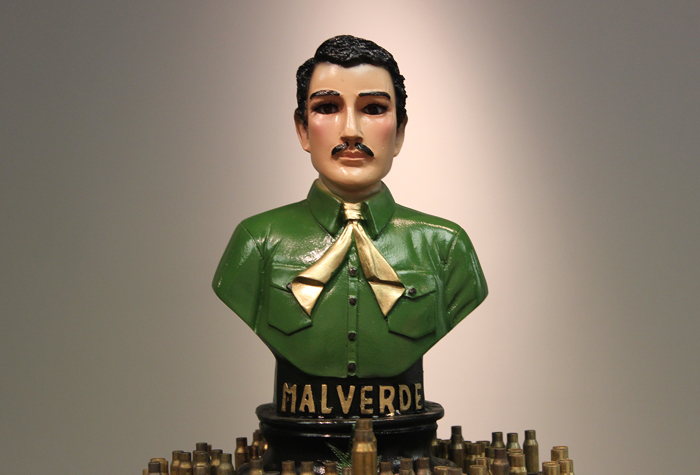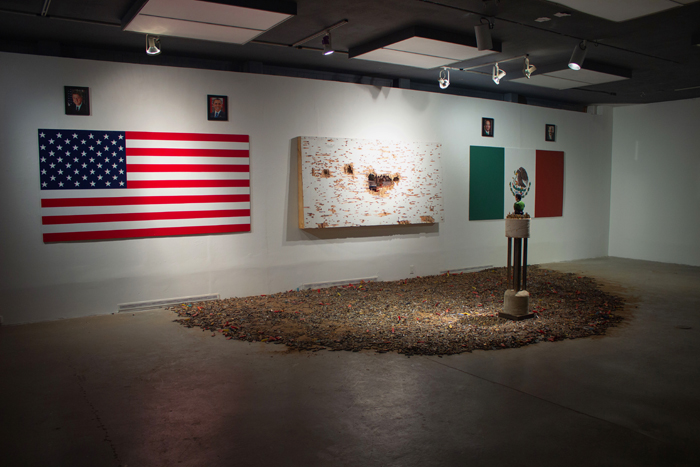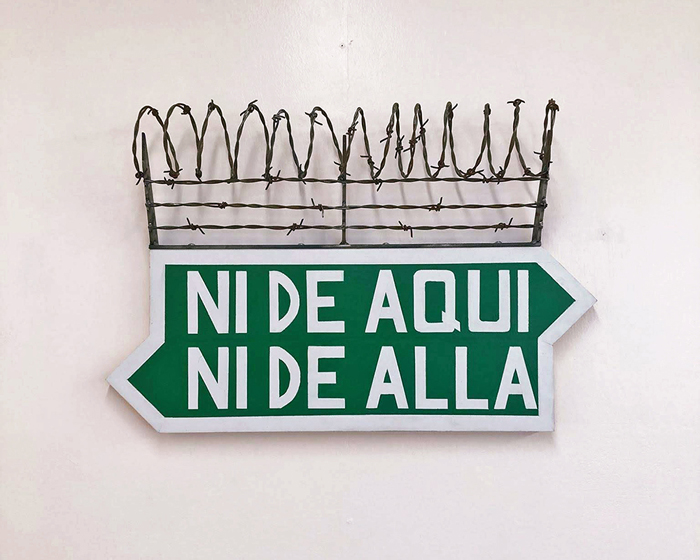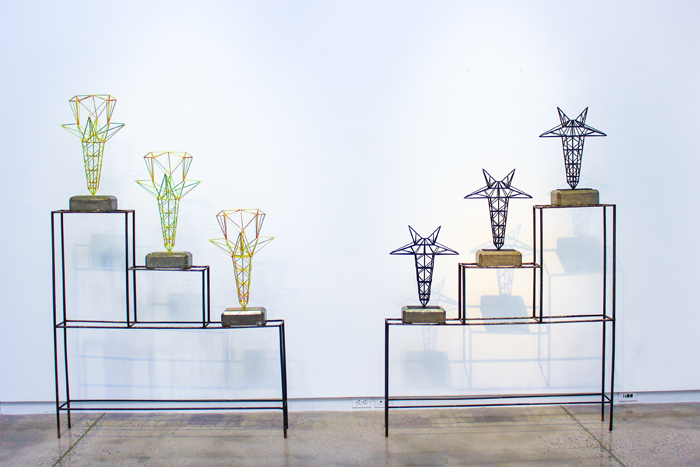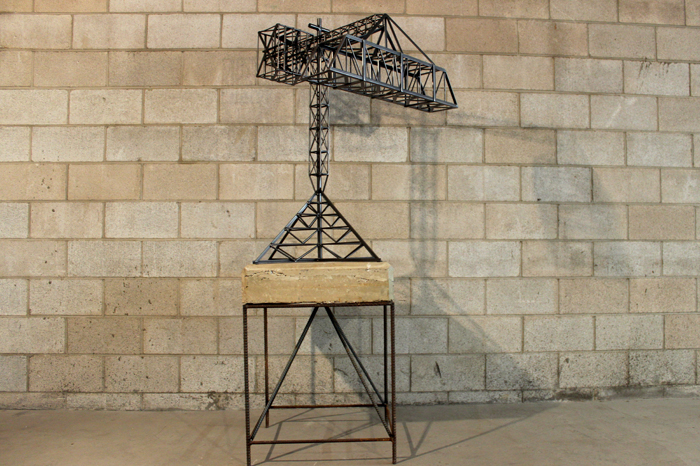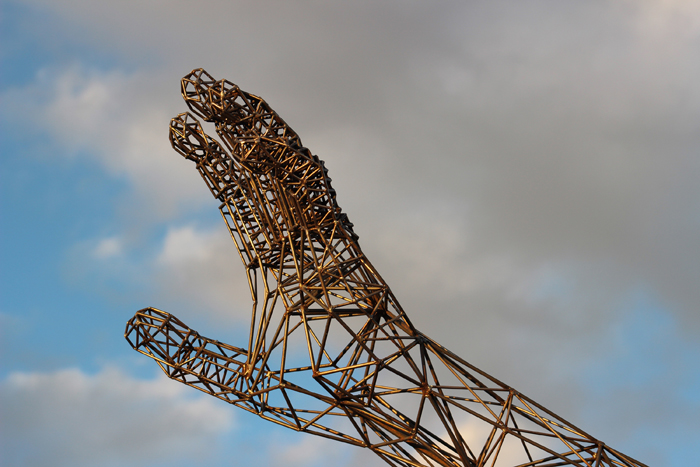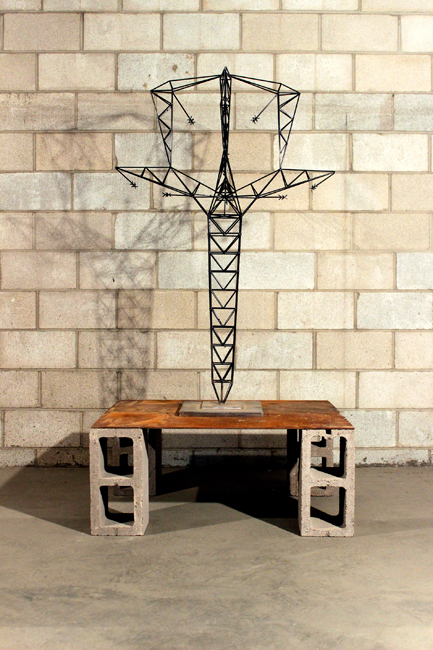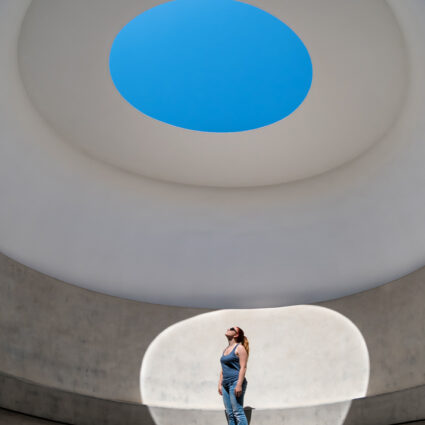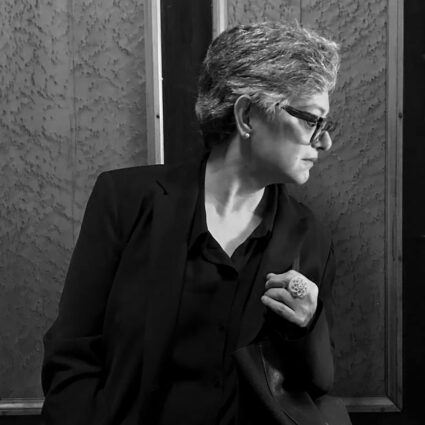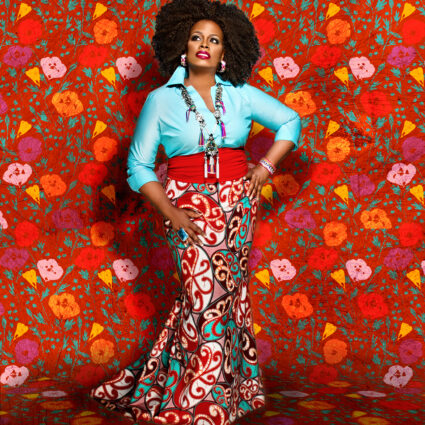Hernan Gomez Chavez, an artist and activist, makes work about his personal history along the borderlands of the U.S.-Mexico border.
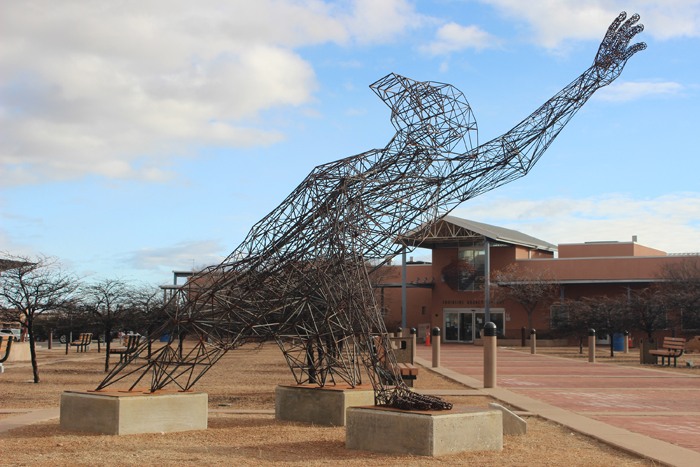
Santa Fe | hernangomezchavez.com | @hernangomezchavez
Whether it was the Treaty of Guadalupe Hidalgo and the commensurate imperialism of the United States in 1848, the capitalist machinations underpinning the passage of NAFTA in 1994, or the recent Trumpian chants of “Build the Wall” predicated upon racist and isolationist zealotry, the fluctuating border that separates Mexico from the United States has been a point of contentious debates and tensions for generations.
But as long as issues germane to the border have occupied personal imaginations and political culture, artists have challenged commonplace and conservative ideologies that attempt to dictate the terms of who, why, when, how, and in what direction an individual—or group of individuals—can traverse and transgress it. Hernan Gomez Chavez is no exception.
An artist and an activist, Chavez was born in Santa Fe in 1991 to Mexican immigrants. His personal history along the borderlands and the Southwest landscape have shaped his creative practice. And the policies, politics, and people related to the U.S.-Mexico border take center stage in his work.
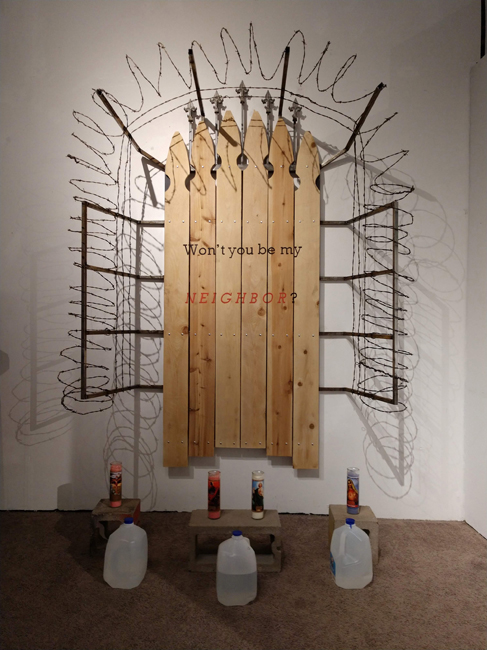
According to his artist statement, Chavez employs “latticed steel structures, billboards, walls, and fences to explore ideas of home and belonging as well as the relationship between power and place.” In doing so, he asks viewers to consider timely concepts that relate to gentrification, immigration, and the dynamics between global and local power structures.
Chavez earned his BA in art at the University of New Mexico, studied abroad at the Academy of Arts, Architecture and Design in Prague, Czech Republic, and pursued his MFA in sculpture from the School of the Art Institute of Chicago. He is also a trained welder and has been designing and fabricating steel sculptures since 2013.
His public art, such as Un Pueblo Sin Piernas Pero Que Camina (Ugolino) (2022), installations like Runnin’ Runnin’ (2021), and sculptural work such as Won’t You Be My Neighbor? (2019) not only speak to border issues, but also demonstrate an interest in and skill with a variety of media and forms of representation.
